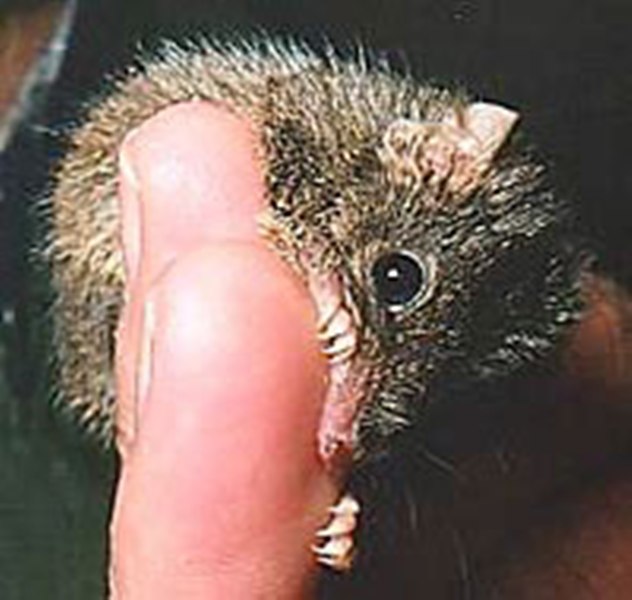
Small furry creatures with sharp teeth, claws and beady little eyes get a lot of bad press in our culture, thanks to the feral rats that have followed us across the planet. However, we also have many native rodents and other small furry creatures that play important roles in our ecosystems.
The Bush Rat Rattus fuscipes can be found in our forests and heathlands and is a cute and timid – although they can still give you a nip when cornered! They feed on native fruits and seeds and help disperse native plants. Also found in our area are the amazing Antechinus. Antechinus are not rodents at all but small carnivorous marsupials, high energy predators that have short life spans, especially the poor males, who live for 9 months before going out in a blaze of glory after exhausting all their energy in the mating season.
All our small mammals are prey for larger fauna, which brings me to the delicate issue of rodent control. Please consider carefully when deciding how to control those annoying little critters that are scratching in your ceiling. Many rat poisons, particularly the systemic poisons (they don’t just kill the rats but also the animals that eat the poisoned rats such as) are dangerous to other animals. Victims can include Owls, Tawny Frog Mouths, Carpet Snakes and Quolls to name a few. Snap Traps are brutal but effective with no chance of killing the predators listed above. If you think you might have Antechinus instead of introduced mice, use a Live Trap to catch them, then release outside. If however, you do have an Antechinus in your house and can tolerate them (they can stretch the friendship at times), you will never have a mouse or cockroach problem again!
So remember, next time you are jumping onto the table as a small furry creature scurries by, it may just be a friendly local and not necessarily a “dirty rat”!
